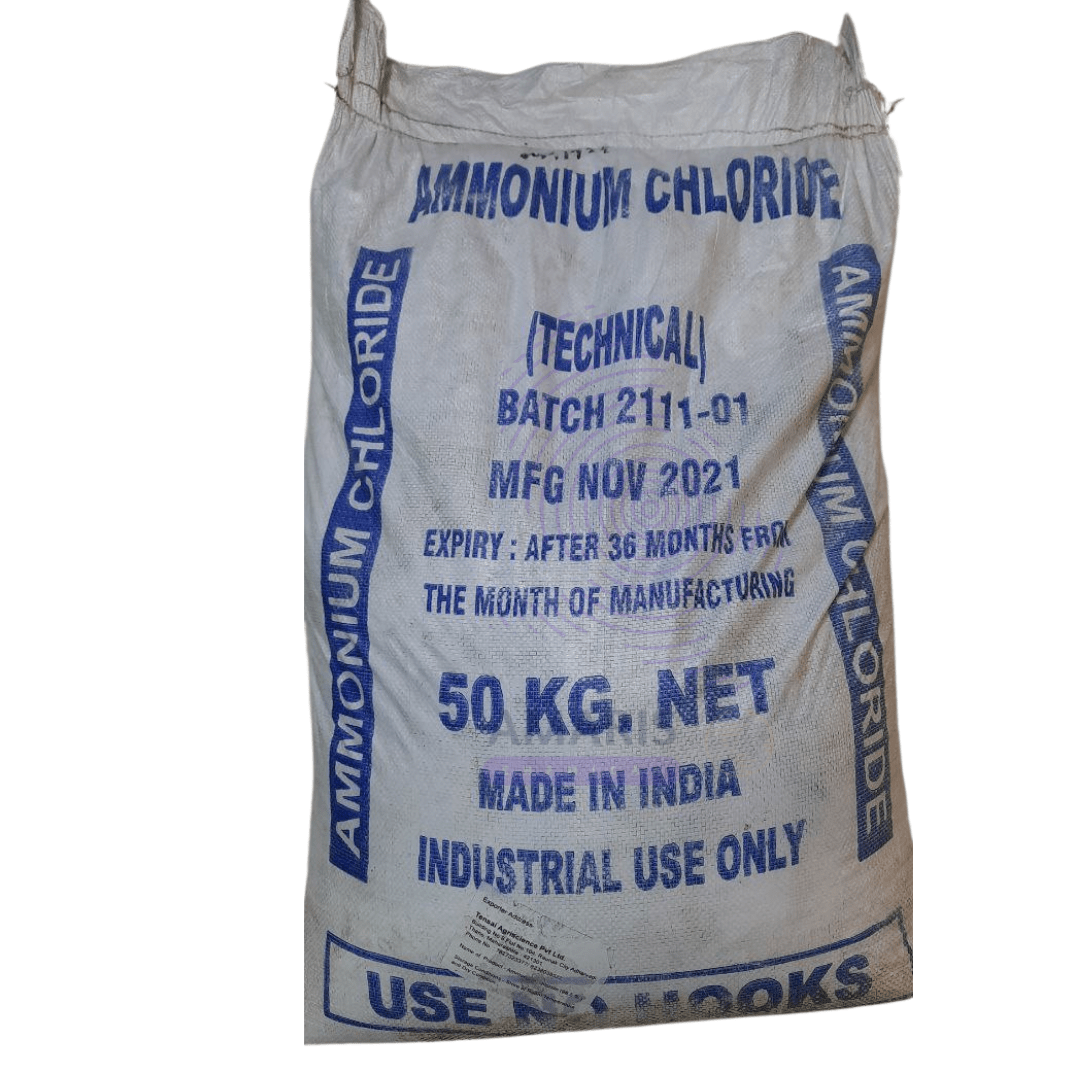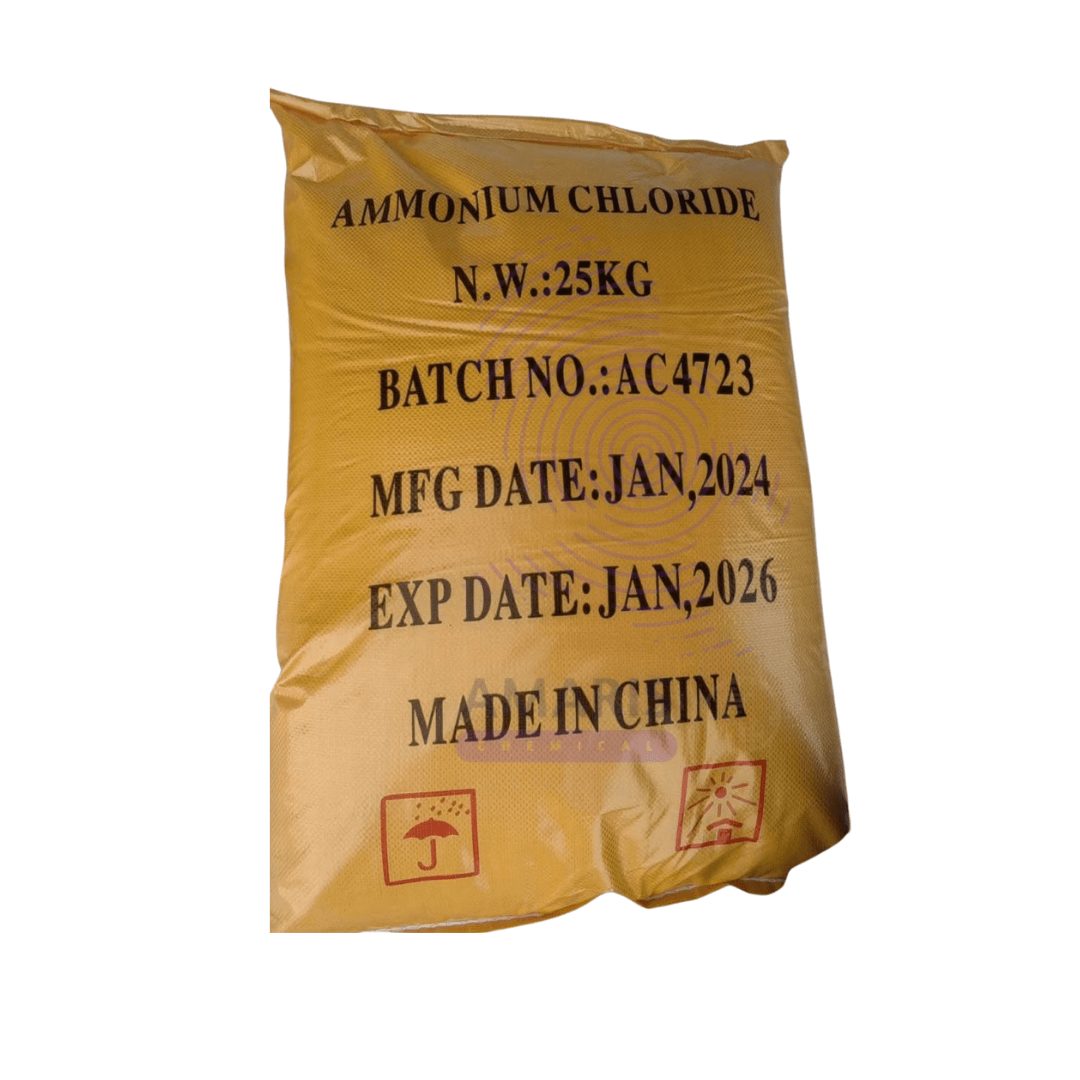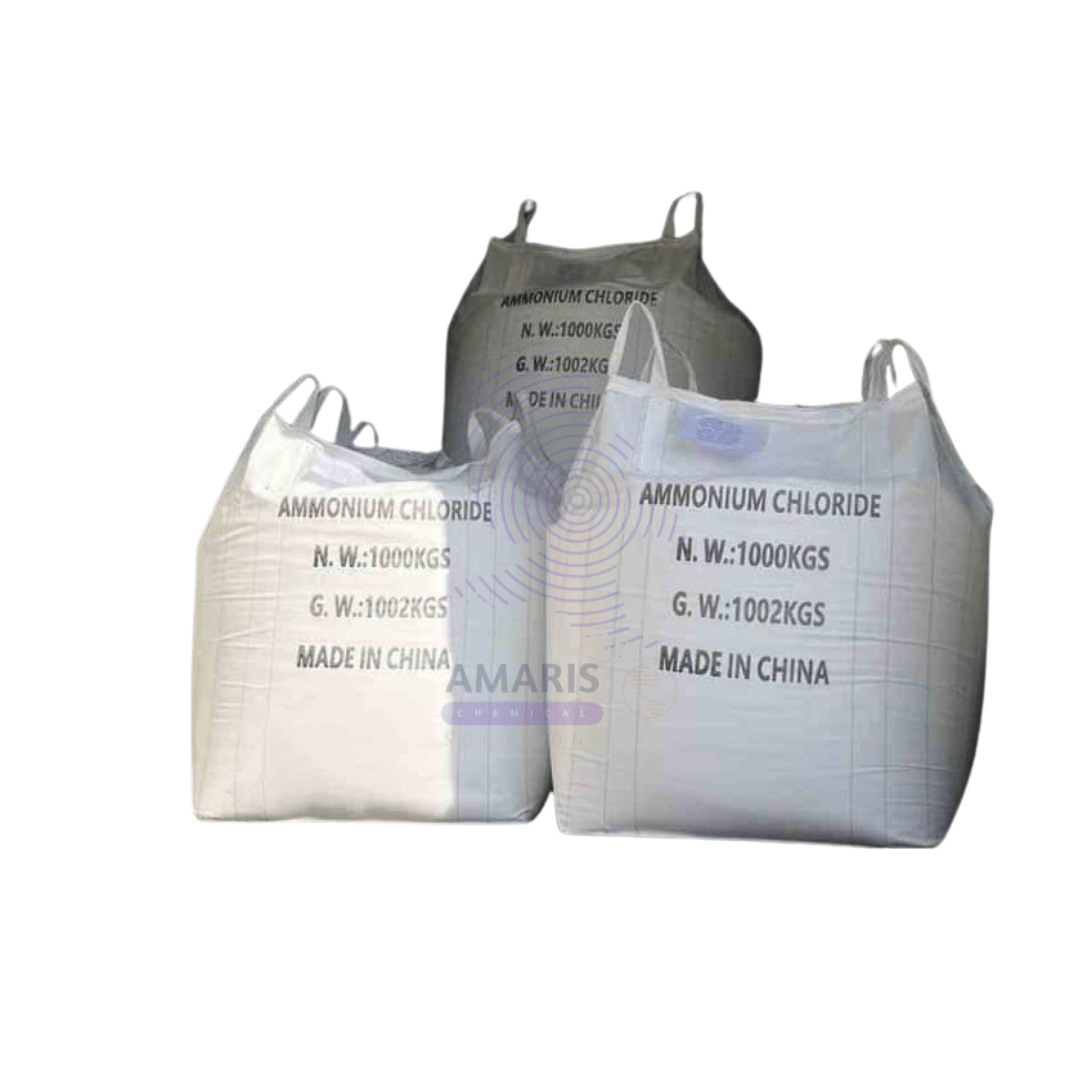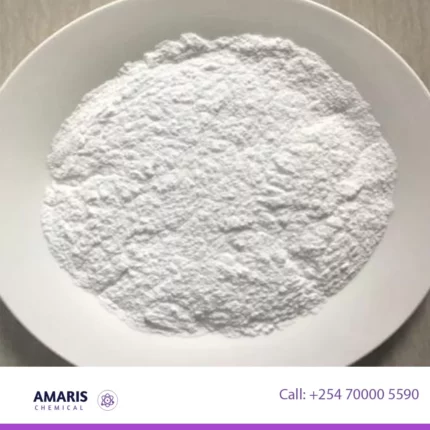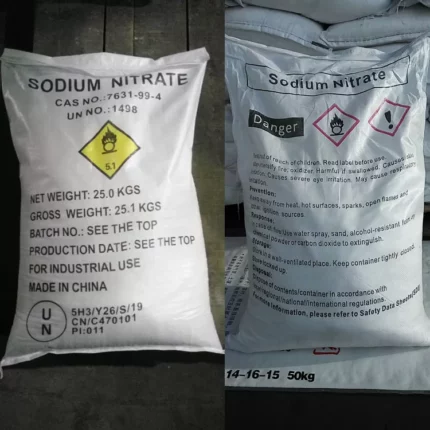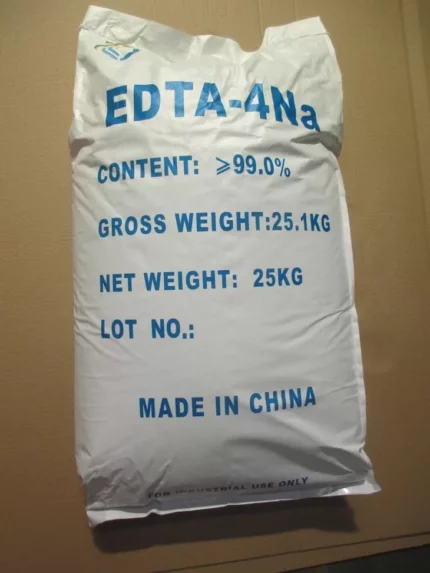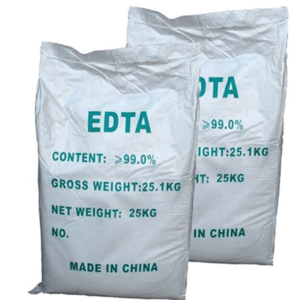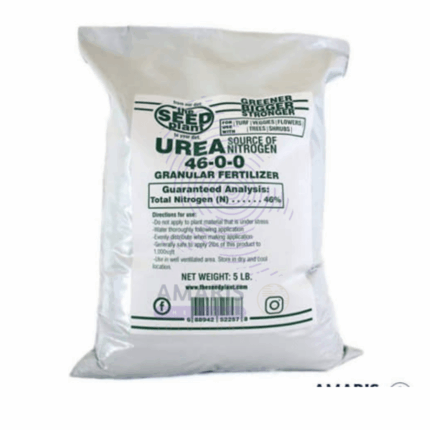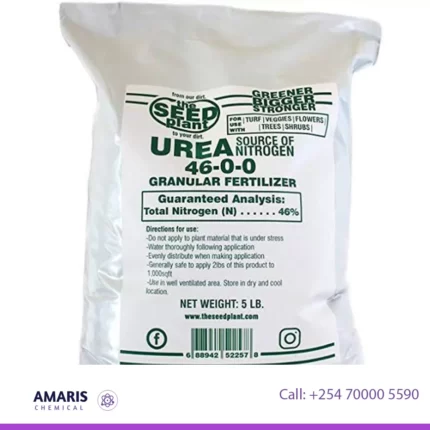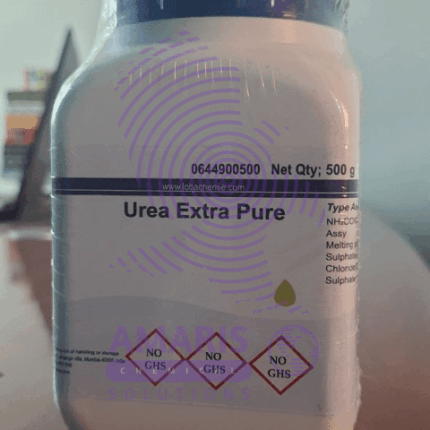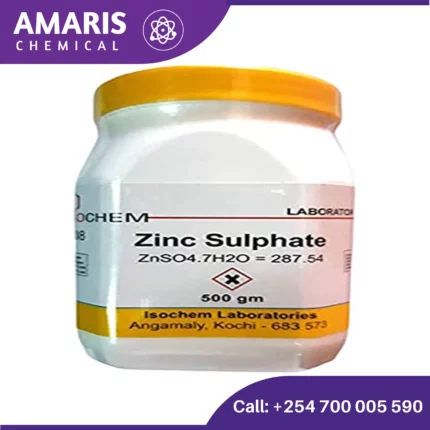“Urea 500gm” has been added to your cart. View cart
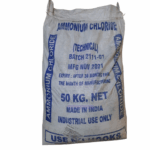
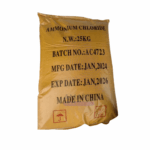
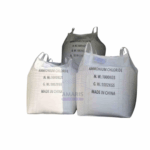
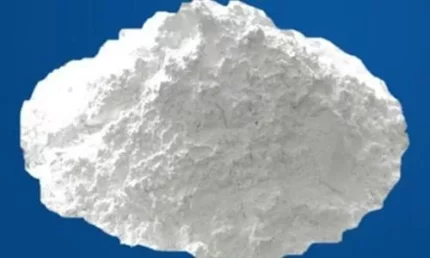
Aluminium silicate
KSh9,500.00 Original price was: KSh9,500.00.KSh9,000.00Current price is: KSh9,000.00.
Ammonium chloride 50kg
KSh8,000.00 Original price was: KSh8,000.00.KSh7,800.00Current price is: KSh7,800.00.
Ammonium chloride is an inorganic compound with the chemical formula NH4Cl. It is a white crystalline salt that is highly soluble in water and has a salty taste. Ammonium chloride is often used in various industrial and laboratory applications, including as a flux in soldering, as a nitrogen source in fertilizers, and as a component in dry cell batteries. It can also be used in medicine as an expectorant to help thin and loosen mucus in the respiratory system
SKU:
ACS81669CHEM0
Categories: Excipients, Fertilizers
Description
Ammonium chloride
- Agriculture: Ammonium chloride is used as a nitrogen fertilizer in agriculture, particularly in rice cultivation, to enhance crop yield.
- Industrial processes: It is used as a flux in metalworking, such as in the manufacturing of electronics, where it is used as a soldering agent.
- Food industry: It is used as a food additive to regulate acidity levels and act as a leavening agent in bread and baked goods.
- Pharmaceutical industry: Ammonium chloride is used in medicine as an expectorant to help clear mucus from the respiratory system.
- Animal nutrition: It is used as an ingredient in animal feed to provide a source of nitrogen.
- Laboratory use: Ammonium chloride is used as a reagent in various laboratory applications, such as in the synthesis of other chemicals and in pH testing.
- Cleaning products: It is used as a cleaning agent and in the production of some types of detergent.
Overall, ammonium chloride is a versatile chemical with many uses in different industries.
Shipping & Delivery
Related products
Manganous dihydrogen phosphate
Manganous dihydrogen phosphate, often represented by the chemical formula Mn(H2PO4)2, is a chemical compound composed of manganese (Mn), hydrogen (H), phosphorus (P), and oxygen (O). It's an inorganic salt that's commonly used in various industrial applications.
Manganous dihydrogen phosphate can be prepared by reacting manganese(II) carbonate or manganese(II) hydroxide with phosphoric acid:
MnCO3 + 2H3PO4 → Mn(H2PO4)2 + CO2 + 2H2O
Or
Mn(OH)2 + 2H3PO4 → Mn(H2PO4)2 + 2H2O
This compound has applications in areas such as:
- Chemical Industry: It can be used as a source of manganese in the production of other manganese compounds.
- Phosphating Agent: It's utilized in the phosphating process, where metal surfaces are treated with a phosphate coating to improve corrosion resistance, paint adhesion, and lubrication.
- Fertilizers: Manganese is an essential micronutrient for plants. Manganous dihydrogen phosphate can be used in fertilizer formulations to provide manganese to plants.
- Catalysis: Compounds containing manganese are sometimes used as catalysts in various chemical reactions.
Phosphoric acid Technical Grade 30kg
Phosphoric acid is a clear, colorless, and odorless mineral acid with the chemical formula H3PO4. It is a triprotic acid, which means that it can donate three protons (hydrogen ions) per molecule when dissolved in water. Phosphoric acid is commonly used in the production of fertilizers, detergents, and food additives, as well as in various industrial applications, such as rust removal and metal surface treatment. It is also used in the production of soft drinks, where it gives a tart flavor and acts as a preservative.
Sodium Nitrate 25kg
Sodium nitrate (NaNO2) is a chemical compound used primarily as a food additive (E250) to prevent botulism. It's also used in various industrial applications, including as a precursor to other chemicals and in some pharmaceuticals. In food preservation, it helps inhibit bacterial growth and contributes to the characteristic flavor and color of cured meats like bacon, ham, and hot dogs. However, excessive consumption of sodium nitrite has been associated with health concerns, such as potentially forming nitrosamines which are carcinogenic. Therefore, its use in food products is regulated to ensure safe levels are maintaine
Tetrasodium EDTA 25kg
Tetra sodium EDTA, also known as ethylenediaminetetraacetic acid tetrasodium salt, is a chemical compound commonly used in various industrial and commercial applications. It is a chelating agent, meaning it has the ability to bind and capture metal ions, thus preventing them from reacting with other substances or causing unwanted effects.
A concise definition of tetra sodium EDTA would be:
"Tetra sodium EDTA is a water-soluble salt derived from ethylenediaminetetraacetic acid, used as a chelating agent to bind and sequester metal ions, serving purposes such as metal complexation, stabilization, and preventing undesired chemical reactions."
Trilium EDTA 25kg
Urea 50 kg
Urea is an organic compound with the chemical formula CO(NH2)2. It is a crystalline substance that is highly soluble in water. Urea is produced naturally in the bodies of mammals as a byproduct of protein metabolism and is excreted in urine. It is also synthetically produced on a large scale for various industrial applications.
In simple terms, urea is a nitrogenous compound that contains two amine groups (-NH2) attached to a carbonyl group (C=O). It plays a crucial role in the nitrogen cycle, serving as a primary vehicle for the excretion of nitrogenous waste in mammals. Urea is commonly used as a fertilizer in agriculture due to its high nitrogen content, and it is also utilized in the production of plastics, resins, adhesives, and various other industrial applications.
Urea 500gm
Urea is an organic compound with the chemical formula CO(NH₂)₂. It is a colorless, odorless solid, highly soluble in water, and practically non-toxic. Here are some key points about urea:
Chemical Properties:
- Formula: CO(NH₂)₂
- Molecular Weight: 60.06 g/mol
- Structure: Urea consists of two amine groups (-NH₂) attached to a carbonyl group (C=O).
Production:
Urea is primarily produced via the Haber-Bosch process, which synthesizes ammonia from nitrogen and hydrogen. The ammonia is then combined with carbon dioxide to form urea: 2NH3+CO2→CO(NH2)2+H2O2 text{NH}_3 + text{CO}_2 rightarrow text{CO(NH}_2text{)}_2 + text{H}_2text{O}2NH3+CO2→CO(NH2)2+H2OZinc sulphate 500gm
Analytical Reagents, Catalysts, Excipients, Fertilizers, Nutrient Supplements, Wastewater Treatment Chemicals
Rated 5.00 out of 5
Zinc sulphate is an inorganic compound that appears as a colorless crystalline solid or white powder. It is highly soluble in water and has a slightly astringent taste. This compound is often used in various industrial applications, including the production of rayon, as a preservative for leather and wood, and in the manufacturing of lithopone, a white pigment.
In agriculture, zinc sulphate serves as a zinc supplement for animal feeds and fertilizers to prevent zinc deficiency in crops. It is also utilized in medicine as an astringent, in dietary supplements, and in topical applications to treat conditions like acne and zinc deficiency. Additionally, zinc sulphate is employed in water treatment processes and as a mordant in dyeing textiles.

